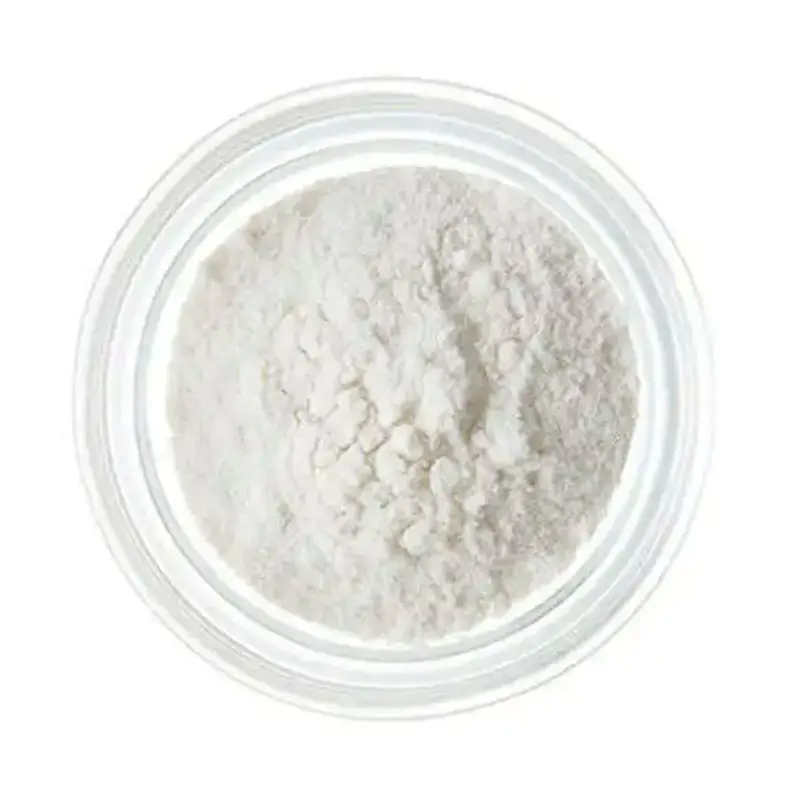The Essential Role of Purified Terephthalic Acid (PTA) in Modern Industries
2025-01-20
Purified Terephthalic Acid (PTA) is a chemical compound that plays an integral role in various industries, particularly in the production of synthetic fibers, plastics, and resins. It serves as a key raw material for the manufacturing of polyethylene terephthalate (PET), which is widely used in the production of clothing, packaging materials, and even bottles for beverages. PTA is not only significant in the textile and packaging sectors but also in the automotive and construction industries. This blog post will dive into the importance, production process, and applications of Purified Terephthalic Acid.
What is Purified Terephthalic Acid?
Purified Terephthalic Acid (PTA) is a white, crystalline powder that is a purified version of terephthalic acid (TPA). It is primarily used in the production of polyethylene terephthalate (PET), a polymer that has numerous applications. While terephthalic acid is produced through the oxidation of p-xylene, PTA undergoes additional purification steps to remove impurities such as acetaldehyde and other by-products, ensuring the quality required for industrial use.
The Production Process of PTA
The production of PTA involves a multi-step process, starting with the oxidation of p-xylene (PX) in the presence of air and a catalyst to form terephthalic acid. This initial reaction produces crude terephthalic acid (CTA), which contains various impurities. To produce PTA, crude terephthalic acid is subjected to a purification process involving solvent extraction, crystallization, and filtration. This process removes unwanted contaminants, resulting in a high-quality product suitable for industrial use.
A key feature of the PTA production process is its efficiency and scale. Large-scale PTA production plants use advanced technologies such as continuous oxidation processes, which help maximize output and minimize waste. The global production of PTA has been increasing steadily due to growing demand from industries such as textiles, packaging, and automotive.
Key Applications of PTA
1. Polyester and Textile Industry
One of the most significant applications of PTA is in the production of polyester fibers. Polyester is widely used in the textile industry for making clothes, upholstery, and various other fabric products. PTA is combined with ethylene glycol (EG) to produce PET, which is then spun into fibers for both woven and knitted fabrics. Polyester is known for its durability, resistance to shrinkage, and ease of care, making it a popular choice in the fashion industry.
2. Packaging Industry
PET, derived from PTA, is also extensively used in the packaging sector. It is commonly used to manufacture plastic bottles for beverages, food containers, and packaging films. PET's clarity, strength, and ability to resist moisture make it ideal for packaging applications, and its recyclability adds to its environmental benefits.
3. Automotive Industry
In the automotive industry, PTA plays a crucial role in the production of engineering plastics, which are used in making lightweight and durable parts for vehicles. These plastics, which are often derived from PET, help reduce the weight of vehicles, improving fuel efficiency and performance.
4. Construction and Electronics
PTA is also used in the production of resins for construction materials and electronic products. For example, PET-based resins are used in producing coatings, adhesives, and electrical components that require high thermal stability and resistance to wear.
5. Sustainable Alternatives and Recycling
Given the widespread use of PET in packaging, sustainability has become a major concern. One of the growing trends in the industry is the recycling of PET products into new ones, which is possible due to the durability and recyclability of PET. Companies are increasingly using recycled PET (rPET) to reduce their environmental footprint and contribute to a circular economy.
Environmental Considerations
While PTA and its derivatives like PET offer numerous benefits in terms of utility and versatility, the environmental impact of their production and disposal has garnered attention in recent years. The manufacturing of PTA involves significant energy consumption and the emission of greenhouse gases. Moreover, PET waste in the form of plastic bottles and packaging has led to environmental pollution, especially in oceans.
To mitigate these issues, there is a growing emphasis on developing more energy-efficient production techniques and increasing recycling rates. Innovations in bioplastics and the use of renewable feedstocks are also emerging as potential solutions to make PTA production more sustainable.
Conclusion
Purified Terephthalic Acid is undeniably one of the cornerstone chemicals in modern industry, fueling the production of polyester, PET, and various plastic products. Its importance in textiles, packaging, automotive, and construction industries cannot be overstated. As industries continue to grow and innovate, PTA will remain at the heart of numerous technological advancements. At the same time, the shift towards sustainability will likely push further research into greener production methods and recycling solutions to reduce its environmental footprint.
In summary, PTA is not just a chemical compound; it is a versatile material that supports a broad range of industries, making it an essential part of daily life. As demand continues to rise, the future of PTA will hinge on how it can adapt to the evolving needs of the global economy while addressing the growing environmental concerns.



